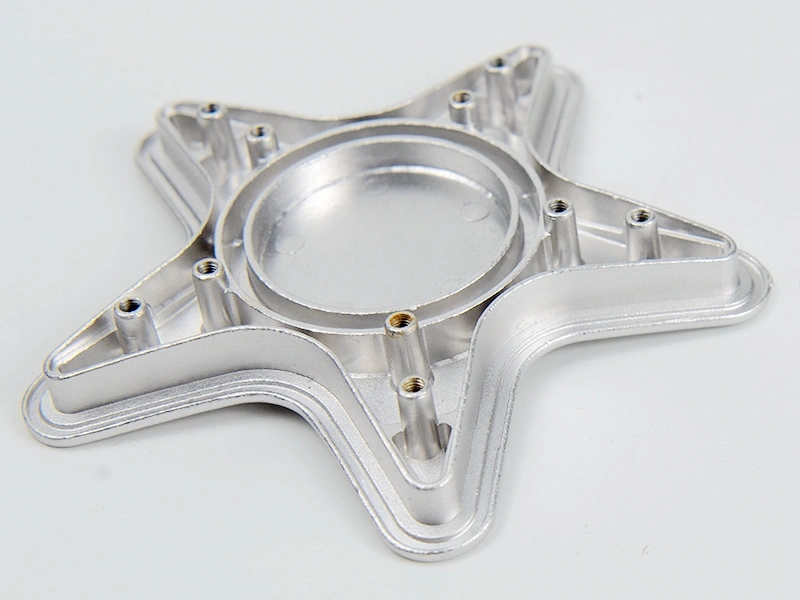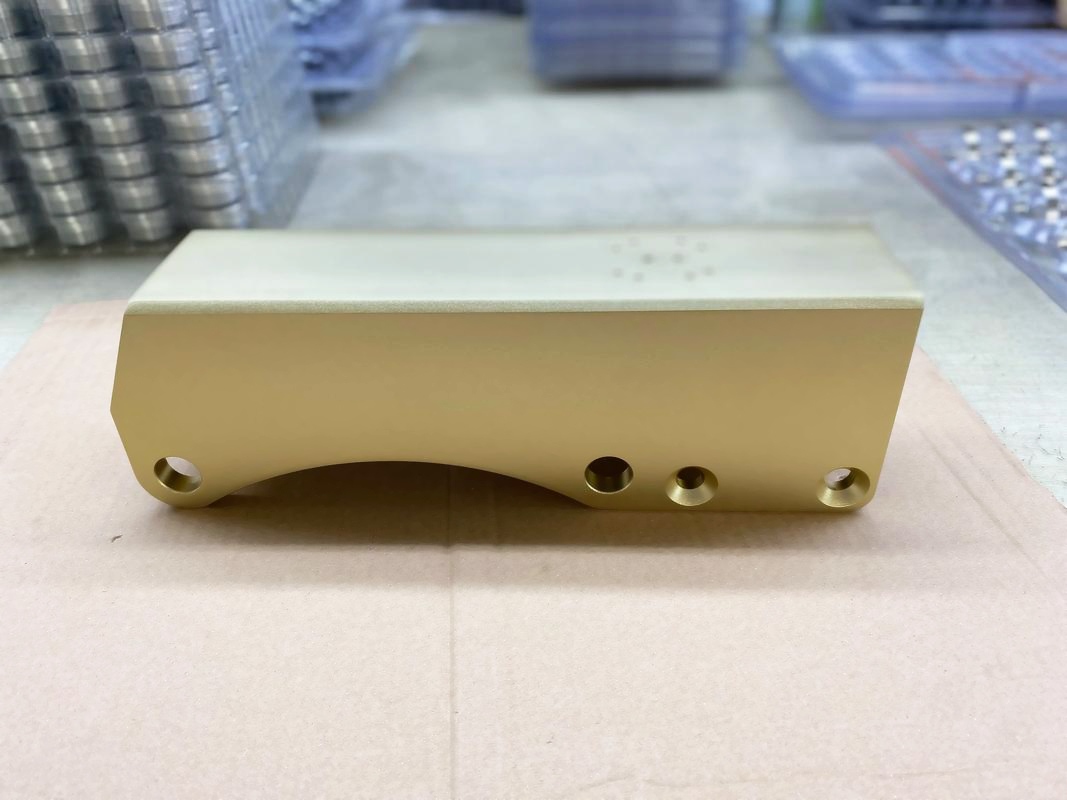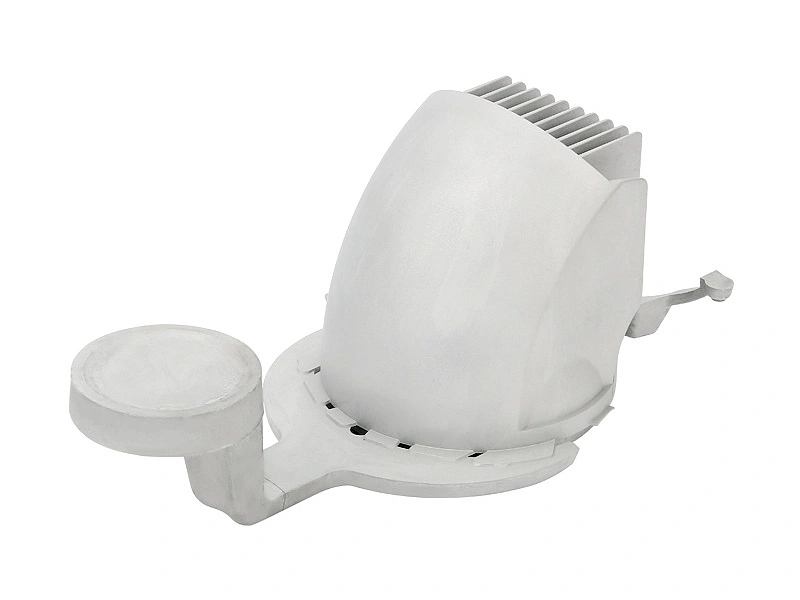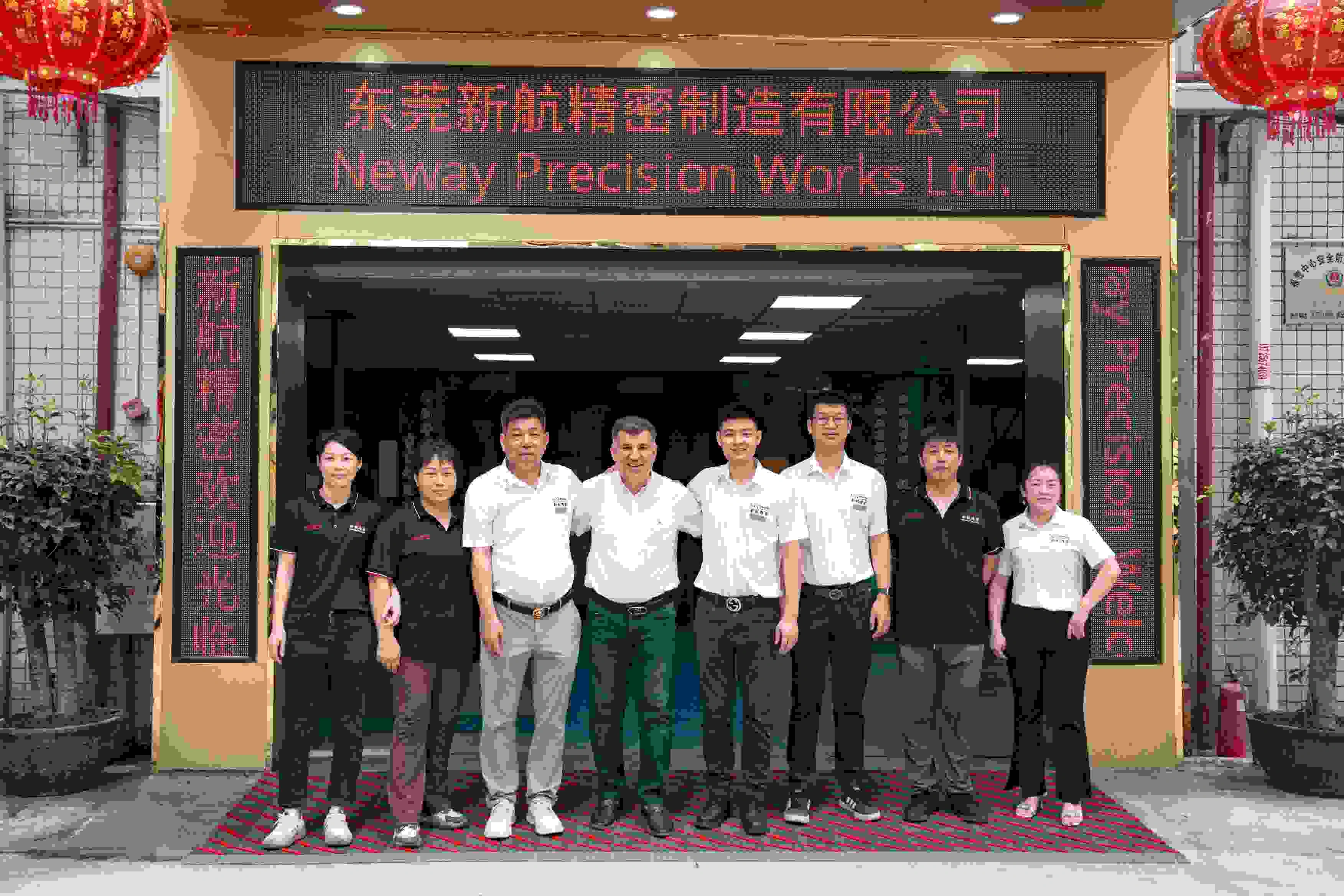How are cosmetic and dimensional defects controlled in die cast housings?
How Are Cosmetic and Dimensional Defects Controlled in Die Cast Housings?
Precision Tooling Design to Prevent Dimensional Deviations
Controlling dimensional accuracy begins with high-precision tool and die making. Molds are machined using CNC and EDM processes to tolerances as tight as ±0.005 mm, minimizing flash, warping, or parting line mismatch. Proper draft angles and uniform wall thicknesses are incorporated to support smooth ejection and consistent cavity filling, reducing the risk of warping and sink marks in housings made from alloys such as A380 or ADC12.
Process Control and Real-Time Monitoring
Tight control of die casting parameters—such as injection speed, metal temperature, die temperature, and cycle time—is essential to prevent defects like dimensional distortion, short shots, or porosity. At Neway, high-pressure casting machines are equipped with real-time monitoring systems to maintain ideal operating conditions, particularly for complex enclosures using AlSi10Mg.
Uniform mold temperature is especially important to ensure consistent shrinkage behavior across all surfaces, minimizing issues like twist, bow, or uneven wall thickness.
Post-Machining for Tight Tolerance Control
Even with precise casting, post-machining is often required for critical dimensions—such as connector slots, mounting interfaces, and sealing surfaces. CNC milling or turning operations refine these features to tolerances down to ±0.01 mm, ensuring proper assembly and function in applications like electronic housings or consumer devices.
Cosmetic Quality via Surface Finishing and Inspection
Surface-level cosmetic defects such as flow lines, cold shuts, or minor porosity are minimized by optimized gating and venting design. Secondary treatments like sand blasting and tumbling are applied to remove flash, sharp edges, and surface blemishes.
For consumer-facing housings, anodizing, powder coating, or painting provide smooth, uniform finishes while also masking minor casting marks and enhancing durability.
Dimensional and Cosmetic Inspection Protocols
Final inspection includes:
CMM (Coordinate Measuring Machine) checks for dimensional verification
Optical and visual inspection under controlled lighting for surface anomalies
X-ray inspection for internal porosity or voids when structural integrity is critical
Neway applies advanced testing equipment to validate both appearance and performance before shipping, ensuring conformance with client specifications and industry standards.
Recommended Services to Control Die Cast Housing Defects
Neway ensures premium housing quality with the following services:
Tool and Die Making: Precision-engineered molds to minimize dimensional error at the source.
Post-Machining: Ensures tight tolerance control and fitment accuracy.
Surface Treatments: Includes blasting, coating, and anodizing to eliminate cosmetic defects and enhance finish quality.
Our integrated production and inspection system guarantees that every die cast housing meets strict cosmetic and dimensional requirements for industrial and consumer applications.



